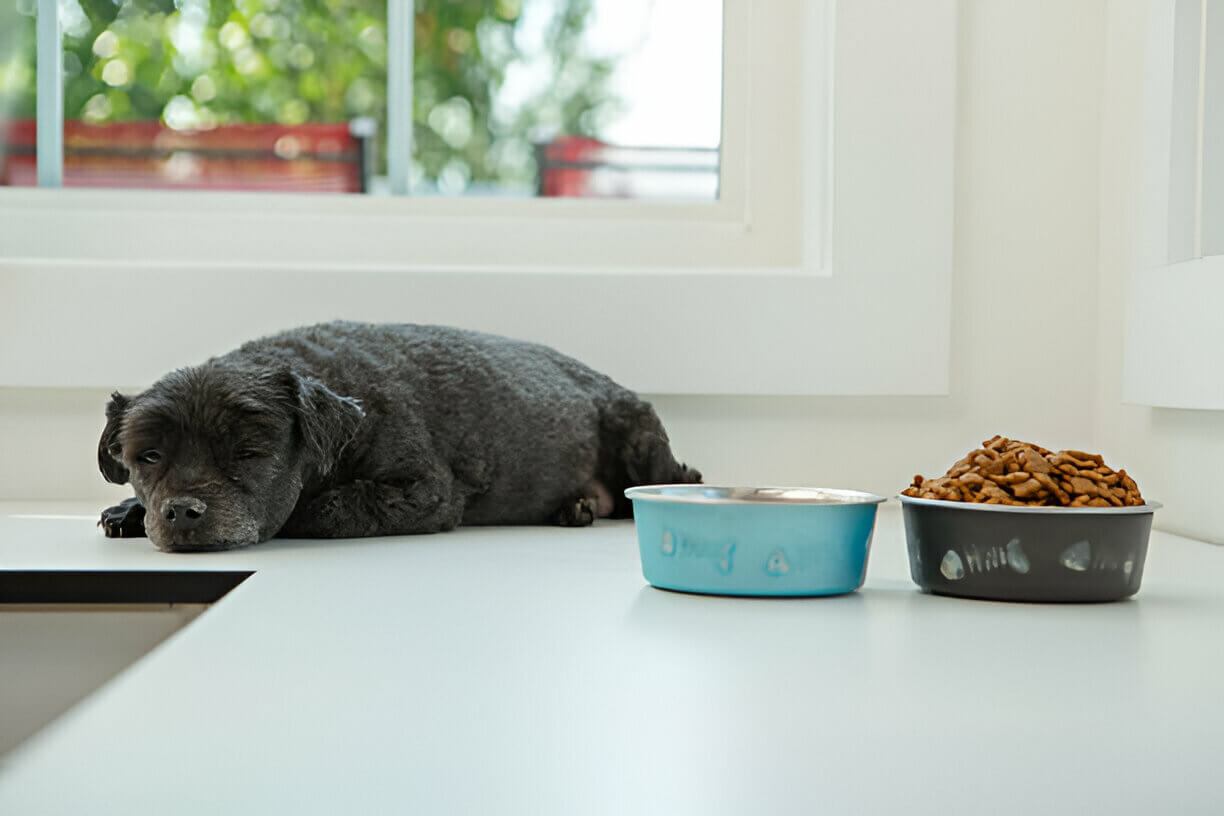Dealing with a picky eater can be challenging for any pet owner. Understanding why your dog may be selective about their food and knowing how to address this issue can make mealtime less stressful and ensure your dog receives the nutrition they need. This guide provides a comprehensive overview of the causes and solutions for picky eating in dogs.

Identifying a Picky Eater
Signs of Picky Eating
Picky eating can manifest in various ways. Your dog might:
- Take longer to eat than usual.
- Leave food in their bowl.
- Show interest in treats but not in their regular food.
- Display changes in eating habits without any clear reason.
Recognizing these signs early can help you take steps to address the issue before it affects your dog’s health.
Reasons for Picky Eating
Medical Causes
Before assuming your dog is just being picky, it’s important to rule out medical issues. Common medical reasons include:
- Dental Problems: Pain from dental issues can make eating uncomfortable. Check for signs like bad breath, red or swollen gums, and reluctance to chew.
- Gastrointestinal Issues: Nausea or digestive problems can reduce appetite. Symptoms might include vomiting, diarrhea, or constipation.
- Allergies: Food allergies or sensitivities can lead to selective eating. Common signs include itching, ear infections, and gastrointestinal upset.
- Infections or Illnesses: Any underlying illness can affect your dog’s desire to eat. Fever, lethargy, or other signs of illness should prompt a visit to the vet.
If you notice any accompanying symptoms such as vomiting, diarrhea, lethargy, or weight loss, consult your veterinarian to rule out these potential health concerns.
Behavioral Causes
Behavioral factors can also play a significant role in picky eating:
- Stress and Anxiety: Changes in environment, routine, or household can stress your dog, affecting their appetite. Look for signs like pacing, whining, or hiding.
- Learned Behavior: Dogs may learn that if they refuse certain foods, they’ll be offered something more desirable. This can create a cycle where the dog holds out for tastier options.
Behavioral issues can often be addressed with consistent routines and training techniques including e-collar training techniques.
Environmental Factors
Environmental changes can impact your dog’s eating habits:
- New Surroundings: Moving to a new home or changes in the household can cause anxiety and disrupt eating patterns. Gradually introducing your dog to their new environment can help.
- Meal Setting: A noisy or chaotic eating area can make your dog uncomfortable and less likely to eat. Ensure the feeding area is calm and quiet.
Addressing Picky Eating
Establishing a Routine
Creating a consistent feeding routine can help:
- Feed your dog at the same times each day. This regularity helps build a predictable schedule.
- Use the same bowl and feeding area to create a sense of familiarity. Dogs are creatures of habit and thrive on routine.
- Limit the duration of meal times to encourage eating during designated periods. Leave the food down for 20-30 minutes, then remove it regardless of whether they’ve eaten. This teaches your dog that food is available at specific times only.
Making Mealtime Enjoyable
Enhance the appeal of your dog’s food:
- Food Toppers: Add tasty, nutritious toppers like bone broth or wet food to dry kibble. This can make the meal more enticing.
- Warming Food: Slightly warming the food can make it more aromatic and enticing. Warmth enhances the smell, which is particularly appealing to dogs.
- Interactive Feeders: Use puzzle feeders or treat-dispensing toys to make mealtime fun and engaging. This not only stimulates their mind but also encourages eating.
Gradual Diet Changes
If you need to change your dog’s diet, do so gradually:
- Mix a small amount of the new food with the current food. Gradual introduction helps prevent digestive upset.
- Gradually increase the proportion of the new food over a week to avoid gastrointestinal upset. This slow transition helps your dog adjust to the new diet without stress.
Professional Advice and Support
Consulting a Veterinarian
If picky eating persists despite trying these methods, it’s important to consult your veterinarian. They can:
- Conduct a thorough health check to rule out medical issues. Identifying underlying health problems is crucial.
- Provide dietary recommendations tailored to your dog’s needs. Vets can suggest specific foods that meet your dog’s nutritional requirements.
- Offer guidance on effective feeding strategies and behavior modification. Professional advice can be invaluable in managing picky eating.
Conclusion
Understanding and addressing picky eating in dogs requires patience and a systematic approach. By identifying the root causes and implementing structured feeding routines, you can help ensure your dog maintains a healthy diet.
Always consider consulting a veterinarian to rule out health issues and get professional advice tailored to your dog’s specific situation. With the right strategies, mealtime can become a stress-free and enjoyable experience for both you and your furry friend.




